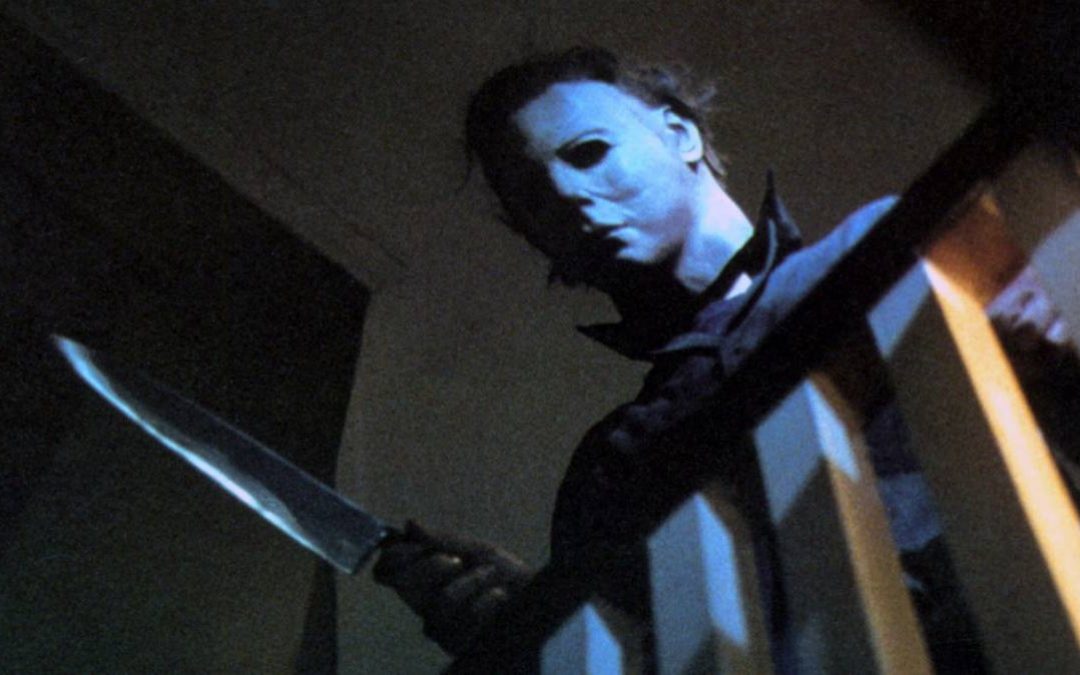After nearly a decade away from the big screen, Michael Myers (aka The Shape) is back in the somewhat confusingly titled Halloween. This entry ignores all previous sequels and follows the events of the original movie only, with Michael once again coming face to face with Laurie Strode (Jamie Lee Curtis) for a final showdown. Like pretty much every sequel in the franchise, however, Halloween had a tricky path to getting made, and listed below are seven Halloween sequel concepts that failed to get off the ground for a variety of reasons.
Halloween II: High Rise Horror
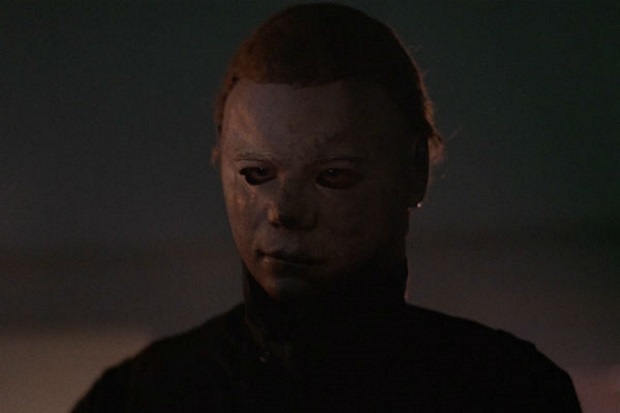
John Carpenter has made no secret of the fact he didn’t want Halloween to spawn a sequel. He felt the story had been told in the original and wanted to move on to new projects. Since Halloween had kicked off a series of profitable low-budget slasher movies – including Friday The 13th – the studio felt there was more money to mine from the property, so when Carpenter learned a sequel would happen regardless, he decided to accept the “nice sum of money” he was offered to write and produce.
The first concept he conceived for Halloween II featured Laurie Strode living in a high-rise apartment building when The Shape returns to ruin another Halloween. This version would have been set a few years later as a way to acknowledge time had passed between entries, but Carpenter eventually had a change of heart and decided to pick up straight from the ending of the first movie. That, and he had also explored similar territory in his 1979 TV movie Someone’s Watching Me! Producer Debra Hill also revealed they considered filming the sequel in 3D, but decided against it as Halloween II mostly takes place at night.
Halloween IV: The Bogeyman Version
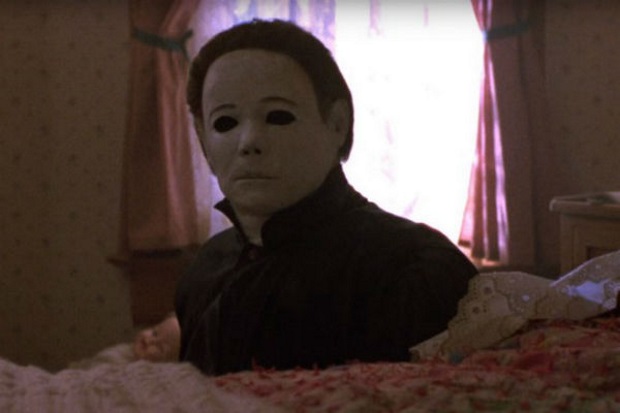
Carpenter made sure to end Halloween II with both Michael Myers and Dr. Loomis blown to pieces so no more sequels could happen. Universal requested one regardless, so Carpenter and Hill decided to make an anthology movie instead with no ties to the first two. This resulted in Halloween III: Season Of The Witch, which sees a doctor trying to stop an evil toymaker’s murderous plot. While the movie has since been reassessed as an atmospheric and eerie horror tale, it was a critical and commercial dud in 1982. Audiences had come to associate Halloween with Michael Myers and felt jilted by the anthology switch.
With the 10th anniversary of Halloween approaching in 1988, financiers felt there was life in Michael yet and wanted him back. They came to Carpenter and Hill once more, who would approach author Dennis Etchison to pen a draft. Etchison’s story would be a psychological spin on the Michael myth. Both Myers and Dr. Loomis remain dead following the events of Halloween I & II, and Haddonfield was so devastated by that night they banned Halloween completely. The parents thus become furious when a drive-in theatre plans a night of horror movies on Halloween and they try to get it cancelled, but it seems this attempt to suppress Michael’s memory only serves to bring him back…
The script primarily explores the trauma that night dealt on Haddonfield, and if it’s better to forget or to confront the horror of the past. The story focuses on Tommy Doyle and Lindsey Wallace – the kids Laurie Strode babysat in the original – and while Lindsey can’t remember that night, Tommy has been scarred by it. Lindsey’s overprotective mother tries to keep them apart they become drawn to each other. The script also questions if Loomis’ treatment of Michael was partially responsible for his rampage, with an old videotape showing the late Doctor ranting at a young Michael during a therapy session, labelling him a monster.
Etchison’s Halloween IV plays up the mystery of whether Michael is somehow alive, or if the unseen killer is a copycat or possessed by his spirit. The movie finally reveals that Michael’s become some kind of phantom, who is able to regrow lost fingers and withstand gunshots; he even grows to 12 feet in the finale. He goes on a rampage at the drive-in – which happens to be showing Carpenter’s The Fog and Christine – and the script even throws shade at his rival Jason Voorhees, with an image of the hockey-masked killer turning to flame as Michael is framed by the burning screen.
This take on Halloween IV has intriguing ideas and setpieces, but the script needed work. The psychological elements are bolted on to a bland story of dumb teens getting drunk and slaughtered and the finale feels abrupt. With some work, it could have been something special, but producer Moustapha Akkad felt the idea was too cerebral and wanted Michael as a flesh and blood killer. Carpenter and Hill thus sold their rights to the series and moved on.
Halloween V: The Misunderstanding Of Michael Myers
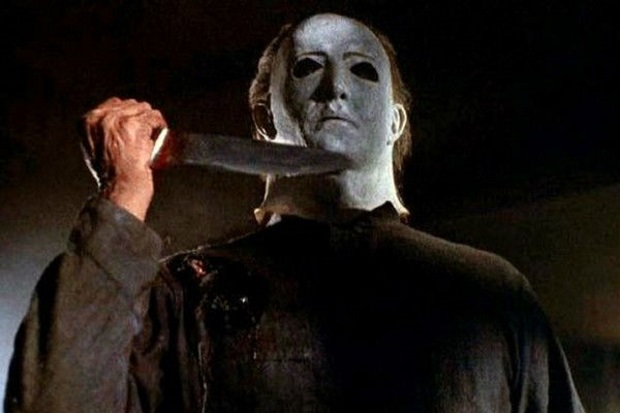
Halloween IV: The Return Of Michael Myers was a solid hit and a sequel was immediately greenlit. Return ended with Michael’s niece Jamie attacking her stepmother and seemingly being possessed by his evil spirit, suggesting she would become the franchise’s next killer. Having learned the financial lessons of Halloween III, Akkad wanted to keep Michael front and centre. Dominique Othein-Girard was hired to direct, but his initial pitch to Akkad didn’t go so well. He was paired with writer Robert Harders, who had a drastically different take on The Shape.
Harders pictured the movie opening on Michael’s body, which is brought back to life by lightning at the bottom of the mine shaft he fell into during Halloween IV’s finale. The writer pictured Michael as Frankenstein’s Monster, and when he’s resurrected the evil that once poisoned him has gone. He’s now a gentle creature, but of course being Michael Myers, the locals want to destroy him. It’s up to Dr. Loomis to save him, who recognises that maybe there’s a chance to reach the humanity inside the patient he’s spent the last three movies trying to destroy. Michael would have killed people, of course, but only out in self-defense, before he’s finally destroyed in the finale. It certainly would have made for a departure from series norm, which is why Akkad rejected it, fearing fans just wouldn’t accept it.
Halloween VI: A VR Trip To Hell
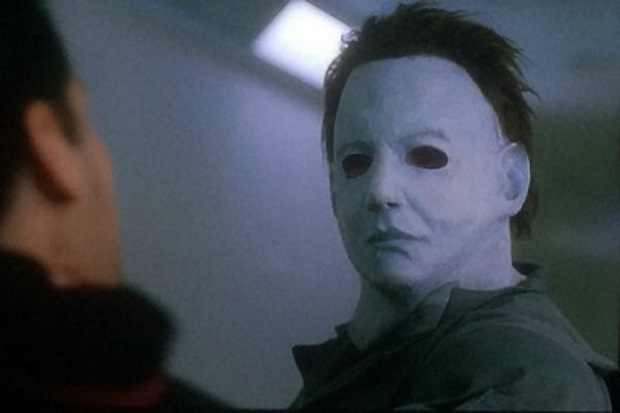
Halloween 5: The Revenge Of Michael Myers wasn’t well received, so the series once again went into hibernation. In the period between 5 and 1995’s The Curse Of Michael Myers, another script dubbed Halloween 666: The Origin by Phil Rosenberg was considered. This draft found Michael hiding out as a homeless person five years after his last rampage, and a reporter named Dana coming to Haddonfield to do a story on Halloween. Tommy Doyle also would have been a main character, and helped Dana investigate once she realises she’s also a forgotten Myers sister.
Some fairly outlandish concepts appeared in this draft, such as Tommy possessing a virtual reality program that lets him visit the netherworld and see Michael’s family being cursed during a Samhain festival. Dr Loomis would have made a cameo as a patient in his former asylum, having seemingly committed himself, and passing the torch to Tommy. There would have been some gruesome kills too, with Michael shoving a rat down a character’s throat. Ultimately, Akkad’s hatred of the script led to it being binned.
Helloween: Michael Meets Pinhead
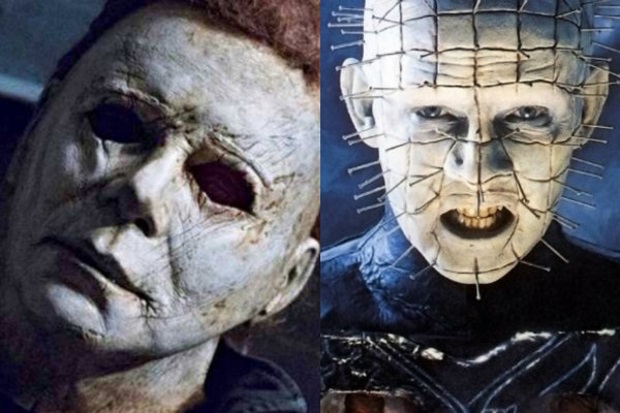
Following the huge success of Freddy Vs Jason, various team-ups between horror royalty were considered. Dimension owned the rights to both Michael and Pinhead from Hellraiser, and approached John Carpenter and Clive Barker about collaborating on a crossover; remarkably, both men were receptive to the idea. Pinhead star Doug Bradley revealed Barker would have written the script while Carpenter directed, but whereas Dimension was keen on the idea, the Akkads were not, so the idea was quickly abandoned.
Filmmaker Dave Parker had previously pitched Dimension on a Michael V Pinhead matchup during the 1990’s and came up with a reason for the two to butt heads. His concept would have revealed Sam Hain – The Lord of the Dead – escaped hell when young Michael Myers came across the Lament Configuration puzzle box and possessed his body, which is why he can never die. The story kicks into motion when some characters find the box inside the Myers house. They solve it, Pinhead shows up and realizes who Michael is and the two square off, and the finale takes them both to Hell. Dimension didn’t see value in the concept at the time, so it never developed beyond Parker’s pitch.
Halloween 3D: Zombie Michael
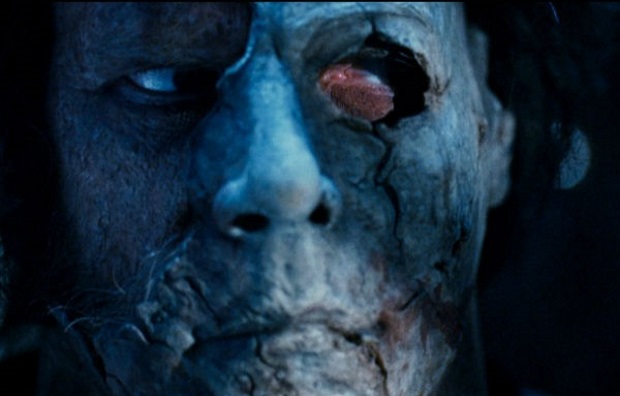
Rob Zombie’s Halloween movies remain arguably the most divisive entries, with the filmmaker reimagining Michael’s origin and upping the levels of profanity and bloodshed. Some fans loved his uncompromising interpretation, whilst others absolutely hated it. Zombie’s Halloween II Director’s Cut left no hope of a sequel, with the franchise’s key players Laurie, Michael and Loomis all lying dead when the credits rolled.
The theatrical ending left some wiggle room and while Laurie survived, it implied she had inherited her family’s madness. Halloween II wasn’t much of a success but Dimension planned to jump straight into another movie to capitalise on the 3D craze. They hired writer Todd Farmer and director Patrick Lussier – the duo behind My Bloody Valentine 3D – to develop it, with time proving so tight Farmer had just over a week to write the first draft.
Farmer’s script reimagined the ending of Halloween II; instead of Laurie stabbing Michael to death, she’s actually stabbing Dr. Loomis’ body instead. The first act sees Michael and Laurie run away together pursued by police, with Michael slaying a bloody trail through various victims before being set on fire and vanishing. Laurie is committed to an asylum and the script jumps ahead in time. The first act was intended to wrap up the loose ends of Zombie’s take, with the rest of the script leaning closer to a more traditional Halloween sequel.
Most of the 3D takes place in the hospital, with the head doctor being a role that was earmarked for Tom Atkins, who also played the main character in 1982’s Halloween III. In a nice touch, he would have switched off a TV playing the infuriatingly catchy Silver Shamrock theme. Eventually, Michael returns, leading to many gory deaths and a bleak showdown in a concert designed to look like a giant pumpkin. Laurie commits suicide to free herself of her brother, and Michael slaughters the rest of the protagonists before escaping into the night. The script also had a gruesome unmasking of Michael, revealing underneath his new mask is the old one, which melted into his face following the fire in the first act.
Dimension loved Farmer’s script, but with the duo committed to shooting Drive Angry first and a lack of prep time, the project was shelved and eventually cancelled.
Halloween Returns
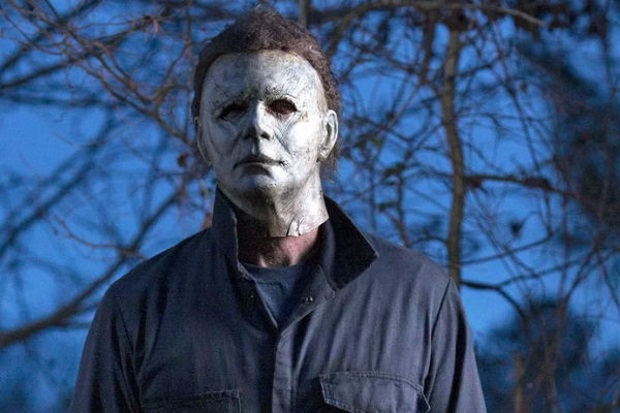
Halloween Returns came extremely close to filming in 2015 and in keeping with the franchise’s twisting timeline it would have acted as a sequel to the first two movies only. The story would have picked up ten years later in 1988, with Michael on death row for his crimes. Officer Hunt – who played a supporting role in Halloween II – was the main character, with his daughter becoming Michael’s target after he sees her attending his planned execution. A freak power outage lets The Shape escape, and he starts a new massacre in Russellville, a neighbouring town of Haddonfield.
Halloween Returns would have been made by Patrick Melton and Marcus Dunstan (writers of Saw IV-VII) and it was gearing up to begin filming. Dimension then lost the rights to the property, causing an abrupt cancellation in December 2015 and Blumhouse swooping in to claim the franchise. Halloween Returns was set to follow the tone of the original movies, right down to the 1980’s setting, but with more intense kills. It wasn’t to be, though, which could be for the best in light of the acclaim Blumhouse’s new sequel is receiving.

